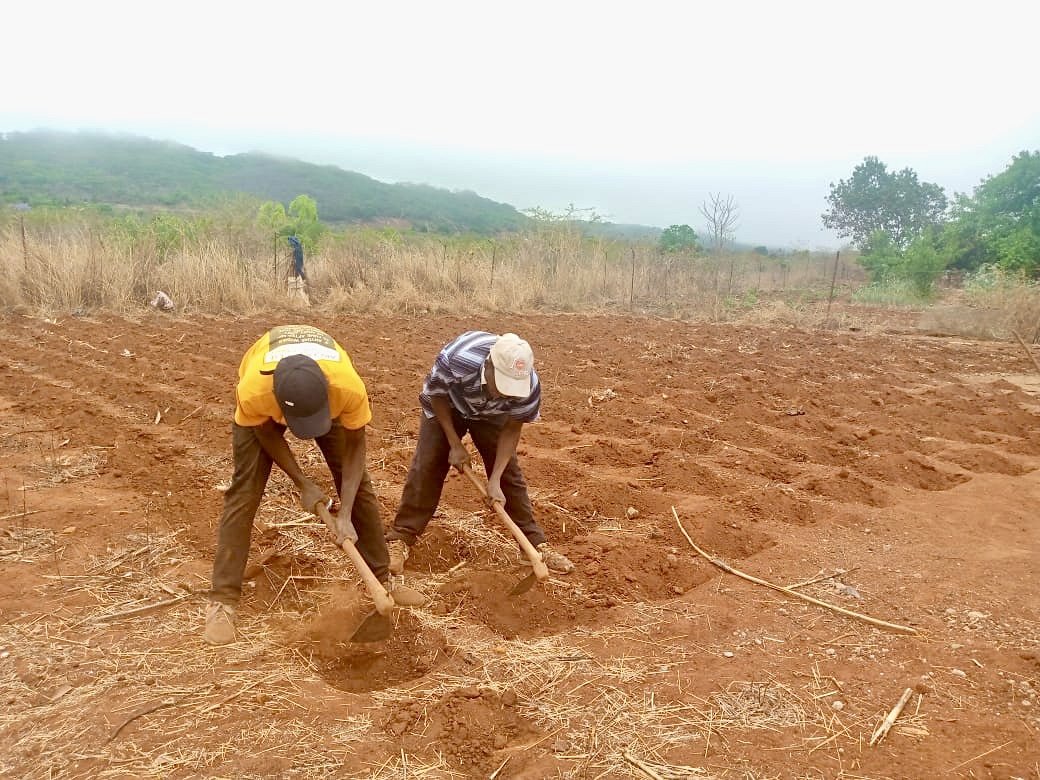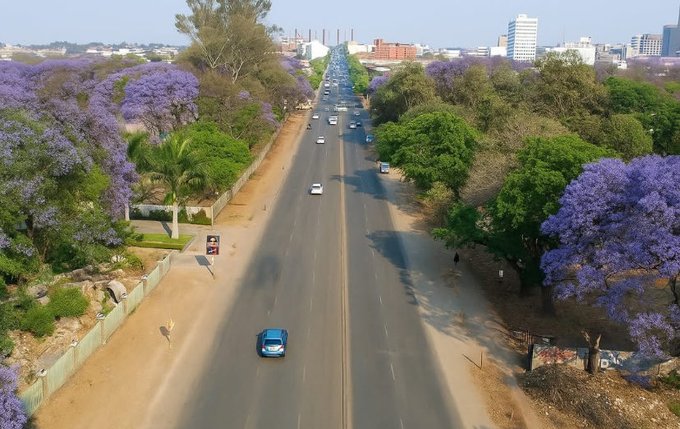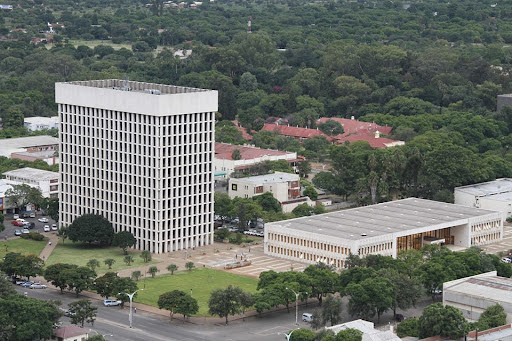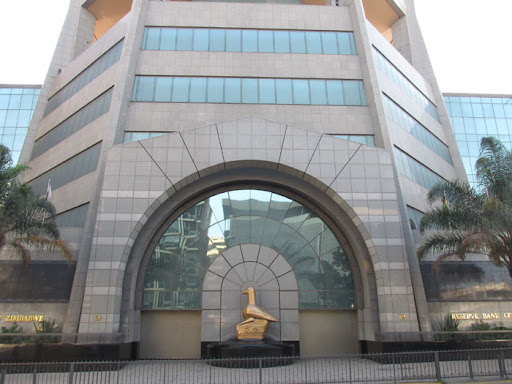Agricultural input deliveries to six of Zimbabwe's eight rural provinces have raised optimism for a successful 2025/2026 summer cropping season, as the Government intensifies preparations under the climate-proofed Presidential Inputs Scheme.
The programme, which provides maize seed, fertiliser, herbicides and pesticides to more than three million rural households, aims to strengthen food security and resilience amid climate change challenges.
Government officials have confirmed that the country has adequate seed and fertiliser stocks for the upcoming season. Agricultural and Rural Development Advisory Services chief director Mrs Medlinah Magwenzi said preparations were well advanced, with over 10 000 hectares already prepared and inputs arriving in most provinces.
"We are very happy to say, in terms of summer preparedness, we have really gone strong, especially under the Presidential Inputs Scheme," said Mrs Magwenzi. "The Pfumvudza/Intwasa programme has now become more than a source of free inputs - it is a sustainable way of farming that ensures high productivity from small plots."
This season, the Government is targeting three million farmers, each expected to prepare at least three Pfumvudza plots, translating to about nine million plots nationwide. "As of now, we have over six million plots prepared," she said. "Some farmers are even doing more than the required three plots — some five, others up to 25 — which shows that Pfumvudza/Intwasa has been fully embraced."
Input deliveries have reached Manicaland, Mashonaland Central, Mashonaland East, Midlands, Mashonaland West and Masvingo, with stocks being moved to local depots. "We are quite ready for the season and only waiting for the rains," Mrs Magwenzi added.
Distribution is being coordinated at ward level by committees chaired by councillors and supported by chiefs and agricultural extension officers. Priority is being given to farmers who delivered at least 10kg of grain to the Grain Marketing Board last season, in line with Government's policy of rewarding productive farmers.
This year's roll-out will be guided by agro-ecological zoning, matching crop varieties to climatic conditions. Maize will dominate in wetter Regions 1 and 2, while sorghum and millet will be promoted in the drier Regions 4 and 5, as well as parts of Region 3, to improve drought resilience.
Permanent Secretary in the Ministry of Lands, Agriculture, Fisheries, Water and Rural Development, Professor Obert Jiri, said Government was complementing the Presidential Inputs Scheme with other financing initiatives. "We have NEAPS (National Enhanced Agricultural Productivity Scheme), which is run through CBZ, AFC, NMB and other banks. It supports larger producers with working capital," said Prof Jiri.
He also highlighted the role of the Food Crop Contractors Association (FCCA), which brings together private sector financiers to work directly with farmers, and the Agricultural and Rural Development Authority (ARDA) joint venture programme, which targets 500 000 tonnes of summer grain from 100 000 hectares and 300 000 tonnes of winter crops from 60 000 hectares.
Meteorological Services Department director Ms Rebecca Manzou said the weather outlook was generally favourable, though rainfall could be delayed in some areas. "It is a neutral year," she said. "Farmers should expect normal to above-normal rainfall in the south and normal to below-normal in the north, with the onset possibly delayed by up to a month."
Zimbabwe Farmers Union secretary-general Mr Paul Zakariya commended the early input deliveries but called for transparency in distribution. "We applaud the early delivery of inputs and the focus on climate-smart programmes, but farmers must see timely distribution and fair compensation for their produce," he said.
Meanwhile, the Government has announced plans to put 220 000 hectares under irrigation for summer crops as part of the Accelerated Irrigation Rehabilitation and Development Plan, aimed at reducing dependence on rain-fed agriculture.
Launched in 2021, the plan seeks to develop 496 000 hectares of irrigated land by 2030, including 350 000 hectares dedicated to summer cereal production. Experts estimate Zimbabwe requires at least 350 000 hectares of irrigated land to produce 1,8 million tonnes of maize annually — enough to meet national demand.
Prof Jiri said the initiative was key to stabilising food production and mitigating the effects of climate change. "A total of 223 000 hectares of land have been put under irrigation for summer crops, utilising our 10 700 dams," he said. "This programme aims to reduce the impact of mid-season droughts and enhance production."
He noted that Zimbabwe, which has more than 10 000 dams, is the most dammed country in Sub-Saharan Africa, yet much of its water remains underutilised. "Our strategy targets irrigation development using existing and new water bodies. Every new dam now includes irrigation provision," he said.
Nine major dams currently under construction will add 40 500 hectares of irrigated land. These include Semwa Dam in Mashonaland Central (12 000ha), Lake Gwayi-Shangani in Matabeleland North (10 000ha), Kunzvi Dam in Mashonaland East (1 240ha), Tuli Manyange in Matabeleland South (2 400ha), Mbada in Mashonaland Central (2 300ha), Dande in Mashonaland Central (4 000ha), Ziminya in Matabeleland North (4 500ha) and Vungu in Midlands (2 513ha).
In the 2025 National Budget, Government allocated ZiG2 billion for dam construction, with Lake Gwayi-Shangani and Kunzvi Dam receiving the largest portions. The Gwayi-Shangani-Bulawayo Water Project includes a 10-megawatt mini-hydropower station, a 252km pipeline to Cowdray Park in Bulawayo, and a 220-megalitre-per-day water treatment plant. Communities along the route will benefit from 10 000 hectares of new irrigation schemes.
Kunzvi Dam will also support irrigation on 500 hectares while supplying domestic water to Juru Growth Point, Cross, Musami and Majuru Business Centre in Goromonzi, as well as easing Harare's water shortages.
With early input deliveries, favourable rainfall forecasts and expanded irrigation projects, Zimbabwe's agricultural sector appears well-positioned for a productive and climate-resilient 2025/2026 farming season.
- Sunday Mail
 Geza sparks chaos for Zanu-PF conference
Geza sparks chaos for Zanu-PF conference  Botswana enforces new 24% local ownership rule
Botswana enforces new 24% local ownership rule  'Some very strange things are happening in China!'
'Some very strange things are happening in China!'  Zimbabwe's dollar stock exchange surges 45%
Zimbabwe's dollar stock exchange surges 45%  Gold edges up as traders await guidance
Gold edges up as traders await guidance  Gold shatters $4,000 milestone
Gold shatters $4,000 milestone  Young Investment Professional (YIP) Graduate Programme 2019
Young Investment Professional (YIP) Graduate Programme 2019 










 Young Investment Professional (YIP) Graduate Programme 2019
Young Investment Professional (YIP) Graduate Programme 2019
Editor's Pick